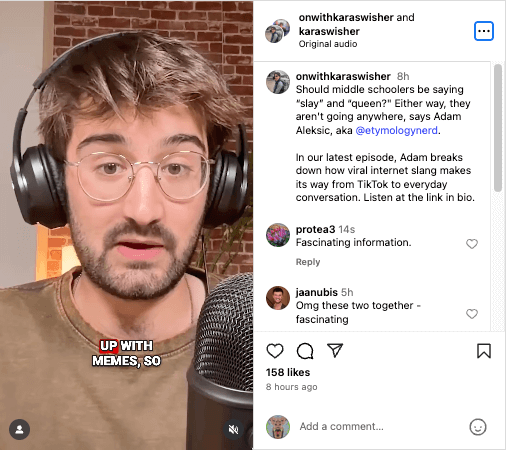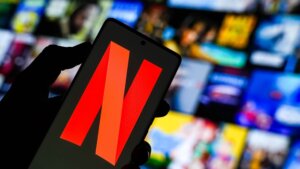Summary:
-
The “Gen Z stare” trend, characterized by wide-eyed, expressionless gazes, sparks intergenerational drama and workplace communication issues.
-
Described as a customer service or casual conversation look, the “Gen Z stare” prompts self-reflection and reveals generational tensions in workplaces.
-
Generational experts suggest that screen fatigue and pandemic effects may influence Gen Z communication styles, shaping linguistic microtrends like the viral stare.
The “Gen Z stare” has gone viral across TikTok and newsrooms alike. Characterized by a wide-eyed, expressionless gaze, this TikTok-fueled micro-trend has become a lightning rod for intergenerational drama, workplace expectations, and pandemic-era communication breakdowns.
Described as a long, wide-eyed, expressionless gaze, the “Gen Z stare” is often seen in customer service settings or casual conversation. As ABC News reports, “A lot of Gen Z folks are saying, ‘Sorry, this is just the way we talk,’ while others say this is more specific to customer service,” said Start Here podcast host Brad Mielke. “You even have Gen Z-ers sort of noticing this in each other,” he added, calling it “a rare moment of self-reflection for the hyper-online generation.”
@dantejameesI’m used to being stared at but Gen Z’s hits different♬ original sound – Dante Elizabeth James
But the conversation runs deeper than TikTok mimicry. In Forbes, psychologist and author Bryan Robinson writes that the trend could reflect real generational tension. Robinson quotes Joe Galvin, chief research officer at Vintage: “The ‘Gen Z stare’ is more than just a viral buzzword. Similar to past trends such as ‘quiet quitting,’ it is a pervasive one, highlighting a larger issue in today’s workplace: A growing generational disconnect in employee communication and expectations.”
Galvin warns that managers might misread the look as indifference or defiance. “Misreading body language can lead to confusion, frustration, and missed opportunities to connect,” he said.
According to Business Insider, generational experts believe screen fatigue, online school, and the COVID-19 pandemic could be shaping how Gen Z communicates. One unnamed professor told the outlet, “It’s naive to underestimate the impact that COVID-19 shutdowns and online learning could have had on young people’s development.”
BI’s Amanda Yen notes, “It’s ironic that millennials are diagnosing their Gen Z counterparts in much the same way boomers diagnosed and pathologized them. Millennials, are you sure you’re not just becoming your parents?”
ADVERTISEMENT
The viral stare seems to be the latest in a growing list of linguistic and behavioral microtrends born from the algorithmic logic of social platforms.
Adam Aleksic, a 24-year-old Harvard-educated linguist and author of Algospeak: How Social Media Is Transforming the Future of Language, argues that platforms aren’t just amplifying content—they’re shaping speech itself. “Social media algorithms are leading to the creation of new words, new accents, and even new identities,” Aleksic told Kara Swisher on her podcast On with Kara Swisher.
What might seem like trivial TikTok behavior is, in his view, part of a broader shift in how humans communicate and express belonging.










